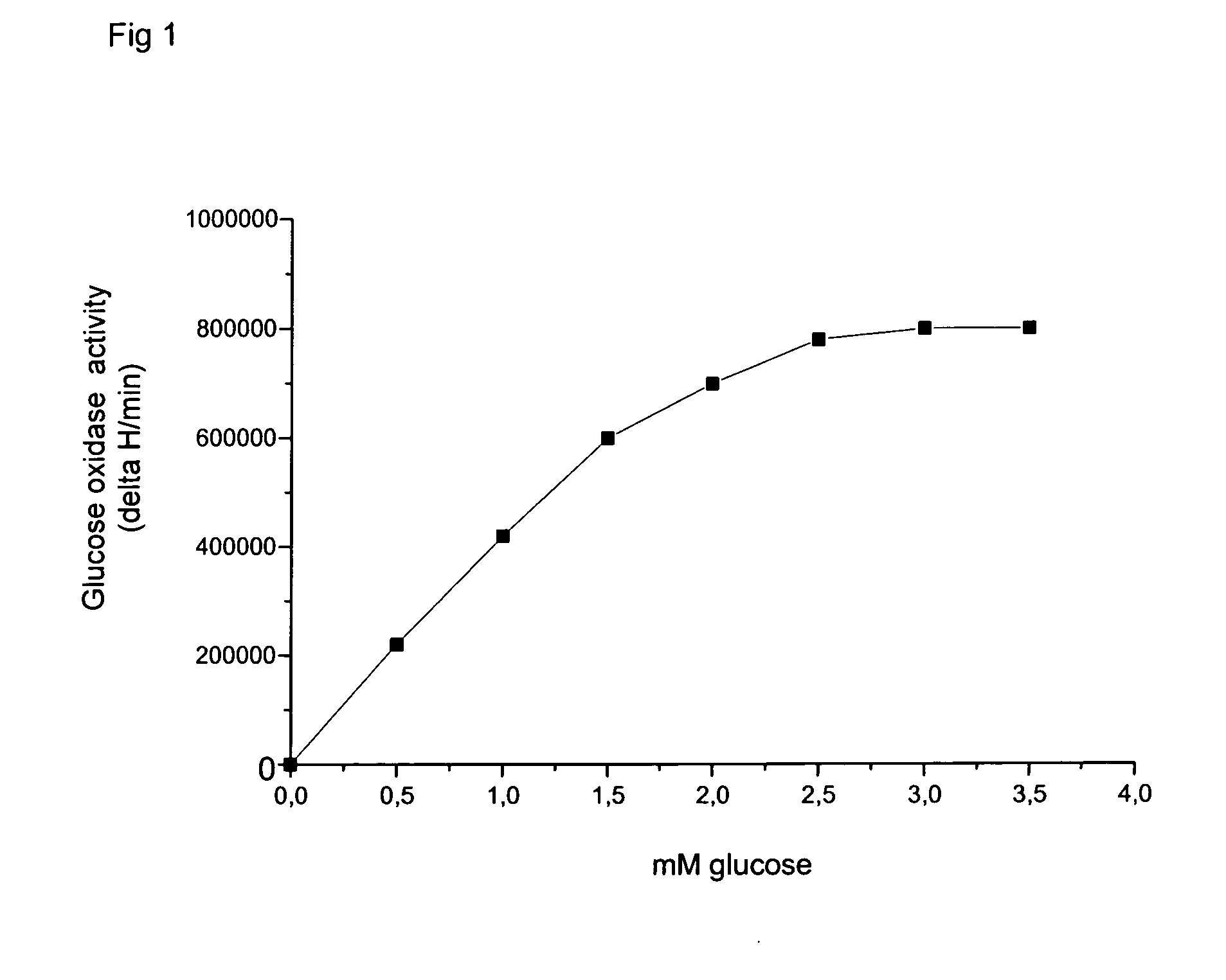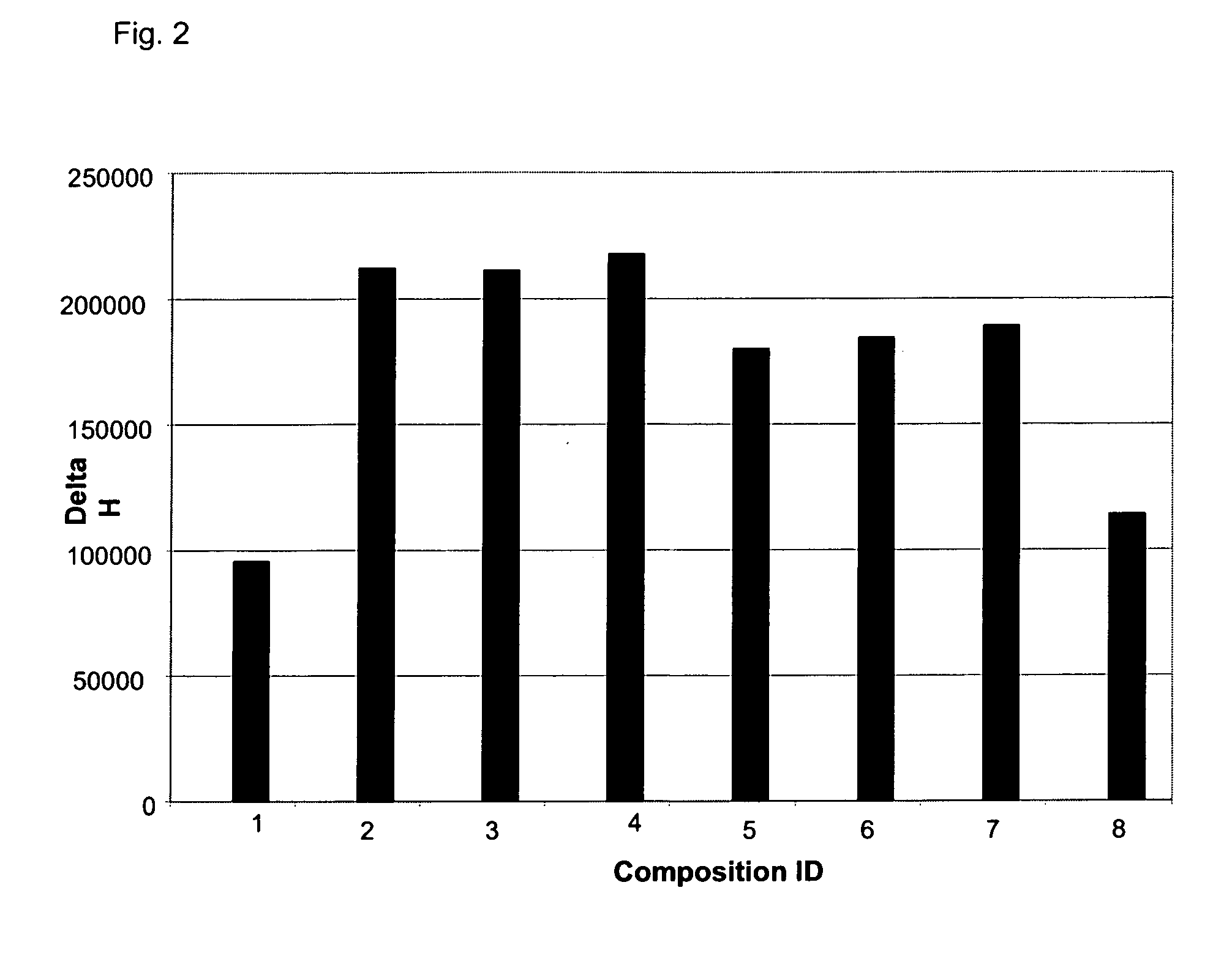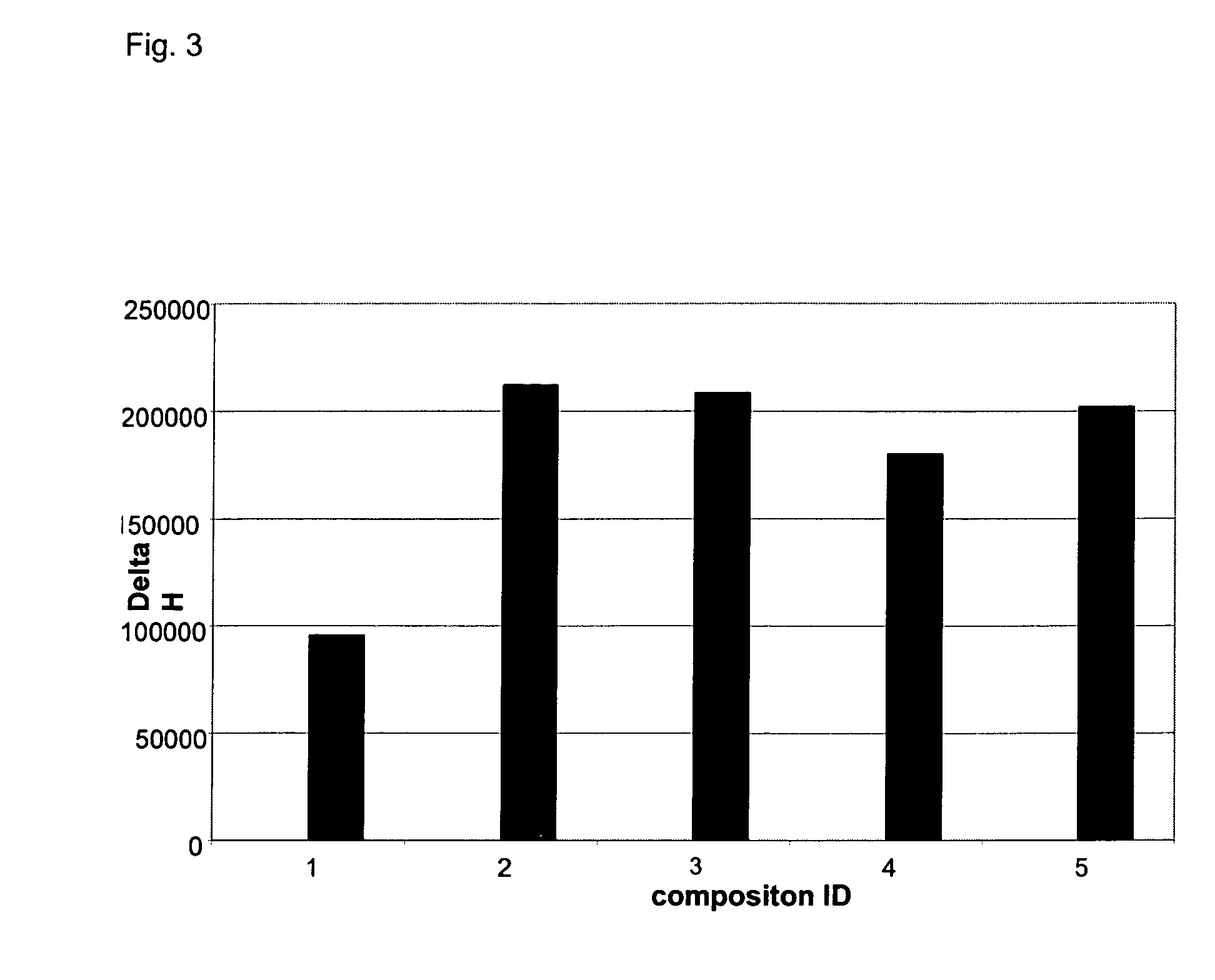Method for supplying oxygen to a water purification process
a water purification process and oxygen technology, applied in the direction of sustainable biological treatment, water/sewage treatment by ion exchange, biological water/sewage treatment, etc., can solve the problems of increasing the cost of disposal by land filling, increasing the risk of toxic products through combustion processes such as dioxins, and the public's concern over the resulting ash, etc., to achieve the effect of enhancing oxygen levels in aerobic steps of water purification, reducing the risk of contamination, and consuming a considerable amount of energy
- Summary
- Abstract
- Description
- Claims
- Application Information
AI Technical Summary
Benefits of technology
Problems solved by technology
Method used
Image
Examples
examples
MATERIAL AND METHODS
Preparation of Thermistor Based Enzyme Unit
[0029] Glucose oxidase (GO) with horseradish peroxidase (HRP) were covalently co-immobilized on amino-controlled-pore glass beads (CPG) by using glutaraldehyde chemistry. CPG was activated with 2.5% glutaraldehyde solution dissolved in phosphate buffer (0.1N, pH 7.0). To 350 mg of activated CPG beads were added 10 U of dialyzed glucose oxidase and peroxidase in phosphate buffer. The coupling of the enzymes was carried out overnight at 4° C. under gentle shaking. Afterwards, in order to terminate all the unreacted groups on the matrix 50 mg ethanol amine (pH 8.5-9.0) was added and allowed to react further for 2 h. Finally, the immobilised enzymes were washed with the (10 vol ) phosphate buffer and the beads were transferred into a column (0.7 ml, 2.5 cm×0.7 cm) and assembled into the thermometric system belonging to the unit called enzyme thermistor (ET).
[0030] The reaction velocity is determined by converting ...
PUM
| Property | Measurement | Unit |
|---|---|---|
| flow rate | aaaaa | aaaaa |
| w/w | aaaaa | aaaaa |
| w/w | aaaaa | aaaaa |
Abstract
Description
Claims
Application Information
 Login to View More
Login to View More - R&D
- Intellectual Property
- Life Sciences
- Materials
- Tech Scout
- Unparalleled Data Quality
- Higher Quality Content
- 60% Fewer Hallucinations
Browse by: Latest US Patents, China's latest patents, Technical Efficacy Thesaurus, Application Domain, Technology Topic, Popular Technical Reports.
© 2025 PatSnap. All rights reserved.Legal|Privacy policy|Modern Slavery Act Transparency Statement|Sitemap|About US| Contact US: help@patsnap.com



